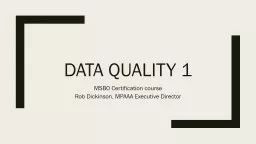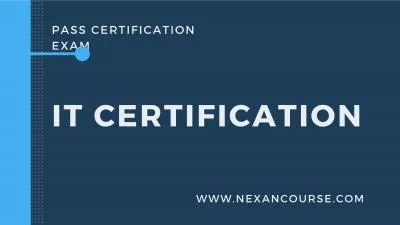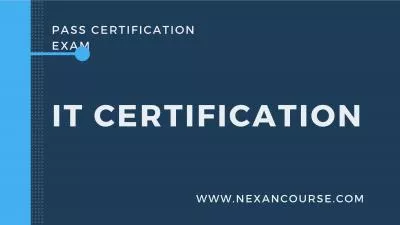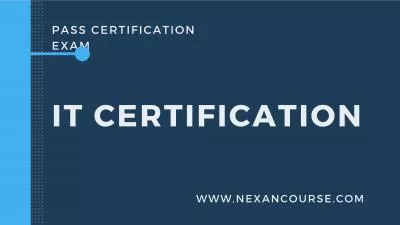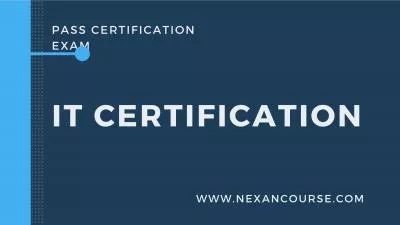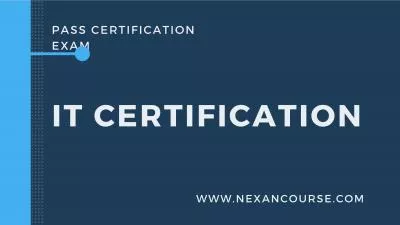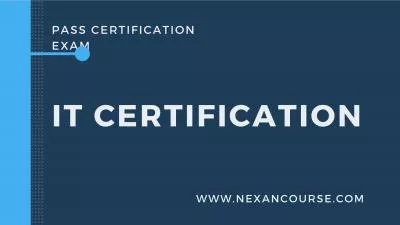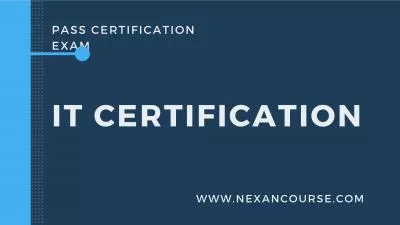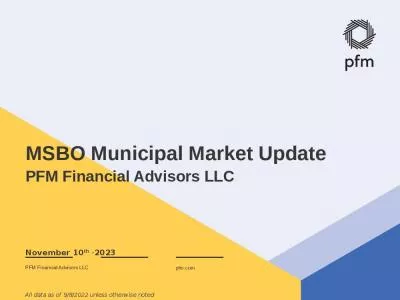PPT-Data Quality 2 MSBO Certification course
Author : test | Published Date : 2018-03-12
Rob Dickinson MPAAA Executive Director Data Quality 2 Session Agenda Putting DQ in context Quality Assurance Data Definitions amp Types QA methods Data Governance
Presentation Embed Code
Download Presentation
Download Presentation The PPT/PDF document "Data Quality 2 MSBO Certification course" is the property of its rightful owner. Permission is granted to download and print the materials on this website for personal, non-commercial use only, and to display it on your personal computer provided you do not modify the materials and that you retain all copyright notices contained in the materials. By downloading content from our website, you accept the terms of this agreement.
Data Quality 2 MSBO Certification course: Transcript
Download Rules Of Document
"Data Quality 2 MSBO Certification course"The content belongs to its owner. You may download and print it for personal use, without modification, and keep all copyright notices. By downloading, you agree to these terms.
Related Documents

